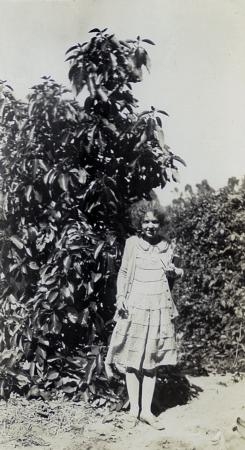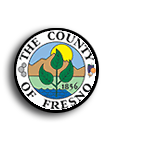May 2014 will mark the 100th anniversary of the Smith-Lever Act, legislation that created Cooperative Extension, a nationwide system of community-based education, established as part of each state's land grant university. Cooperative Extension was started to help farmers, homemakers, and youth use the latest university research to improve their lives. At first geared towards strengthening rural areas, Cooperative Extension became integral to urban and suburban communities as well. A century later, Cooperative Extension continues to provide a vital link between public universities and communities.
The Cooperative Extension system was built on the foundation of state land-grant colleges, created by the 1862 Morrill Act, signed into law by President Abraham Lincoln. The Morrill Act gave each state a grant of land to establish a college that would teach practical subjects such as agriculture and engineering. As envisioned, a key role of land grant institutions was to develop knowledge that would help farmers produce enough food and fiber to meet the needs of a growing nation. Additional legislation, the 1887 Hatch Act, provided land-grant colleges with funds to develop agricultural experiment stations where research was conducted. However, until the passage of the Smith-Lever Act, there was not a consistent way of getting important research-based knowledge from the campuses out to the communities that needed this information.

The two legislators developed their bill to create a historic partnership between land-grant universities and the United States Department of Agriculture (USDA). The universities would manage agricultural extension in each state, with guidance from USDA. In addition to providing federal oversight, USDA had an important role to play in formulating the new system. Beginning in 1903, they had developed an innovative system of farmer education known as the Farmer's Cooperative Demonstration Program. Founded by USDA educator 
Seaman Knapp, this program was based on farmer-led demonstrations, and was popular and successful throughout the south. Knapp's program placed an educator, or “agent,” in counties to work with farmers and support their on-farm demonstrations. Smith and Lever's compromise ensured that the county-by-county demonstration method pioneered by Knapp and USDA would become integral to the extension system to be developed by the land-grant universities. The Smith-Lever Act was signed by President Woodrow Wilson on May 8, 1914, and soon, each state's land grant university was organizing Cooperative Extension, or formalizing existing efforts.
In California, efforts were already underway to create an agricultural extension system, building on the success of the state's land grant, the University of California. The first UC campus, at Berkeley, had agriculture as an important early focus, and in 1907, a university research farm was opened in Davisville, a site that grew into a new campus, UC Davis. The same year, UC established the Citrus Experiment Station in Riverside, the foundation for the UC Riverside campus. New knowledge and technologies developed by UC scientists were critical to the growth of farming and allied industries around the state. By the time the Smith-Lever Act became law, UC agriculture faculty were already offering short courses and institutes for farmers around the state, but farmers were clamoring for more. Many California farmers were excited about the possibility of having a Cooperative Extension educator, known as a “farm advisor,” assigned to their community.
Anticipating strong demand, University of California officials required each county government that wanted to participate in the Cooperative Extension partnership to allocate funding to help support extension work in that community. Additionally, it was required that a group of farmers in participating counties organize into a “farm bureau” to help guide the farm advisor on the issues of local agriculture. (These grassroots groups later evolved into the California Farm Bureau Federation). The first California county to sign up, Humboldt County, had their farm advisor in place by July 1913, anticipating passage of federal legislation. Seven more counties came on board in 1914, and many soon followed, with 41 of 58 California counties securing Cooperative Extension farm advisors by 1922. Other counties joined the partnership in subsequent years. A century after the inception of this collaboration between UC and counties, county government continues to be a key partner in local delivery of Cooperative Extension.
In its first years, Cooperative Extension played a critical role on the home front during World War I, helping farmers to grow enough wheat and other crops to meet expanded war-time needs. Extension's value was quickly established as farmers came to rely on having an expert close at hand who was familiar with local conditions and crops. In addition to addressing the needs of farmers, Cooperative Extension soon expanded to provide educational opportunities for their families, including programs for rural women and activities for local youth. Nutrition, food preservation, and a variety of skills were taught by “home demonstration agents” working with rural women. Thousands of young people would learn about food production, cooking, science and more through participation in 4-H clubs.
Despite its rural roots, as communities have changed, so has Cooperative Extension, adapting and fine-tuning programs to meet the needs of a changing society. As the nation urbanized, many Cooperative Extension efforts were developed to meet the needs of non-rural and rural audiences alike. Examples include the Expanded Food and Nutrition Education Program (EFNEP) that has offered free nutrition education classes in urban communities since the 1960s. Thousands of urban and suburban residents have benefited from Cooperative Extension's Master Gardener Program that offers workshops and advice to home, community and school gardeners. Regardless of the population served, Cooperative Extension activities are grounded in university research, and developed in partnership with local communities.



